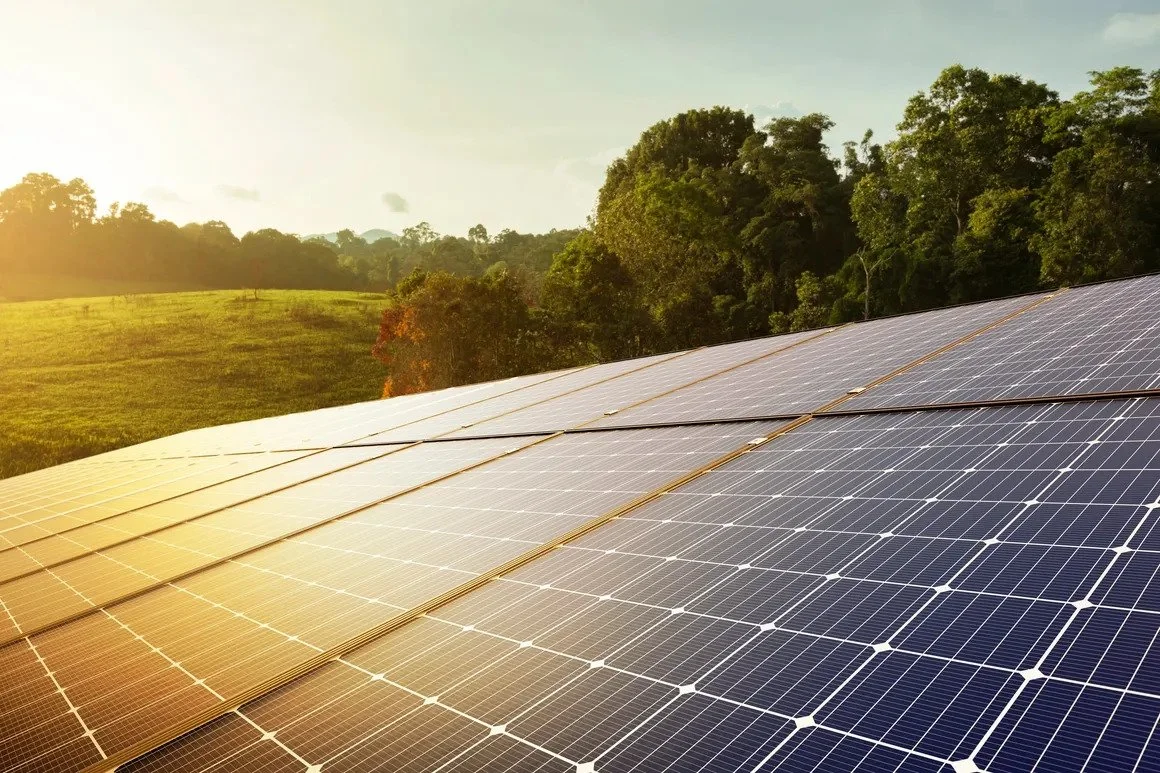
LEASE YOUR LAND
RESPONSIBLE DEVELOPERS: We are not middlemen, flippers, or unlicensed brokers who are trying to get in-between you and the solar developer. You will not be working with an independent contractor or low level employee who needs to get corporate permission to make important decisions about the project or your land. You will be a part of the development process.
Lease your Land to the responsible Solar developers
THE DEVELOPMENT PROCESS
-
(1) State Policy
Community Solar is growing in popularity nationwide. We closely follow state legislation as more states continue to pass laws making access to community solar possible. After states pass community solar laws, there is usually a state agency that sets rules for community solar gardens, such as the Public Utilities Commission. We familiarize ourselves with those rules before deciding on entering a market.
-
(2) Site Selection
Once we understand the rules that regulate the state's community solar program, we identify land that is suitable for development based on an extensive study of the electrical grid, the electric utilities service territory, local land use laws, and environmental constraints. If you received a letter in the mail from us, we are at this stage in the development process.
-
(3) Sign Lease
If you are potentially interested in leasing, we will send you a lease agreement and discuss it with you in detail after you have had a chance to review it. We can make a trip to your area to meet you in person if you would like. We will examine your property remotely to check environmental issues, soil types, historical issues, or other hindrances to development. Then, if you decide you want to proceed, we can sign a lease.
-
(4) Interconnection Agreement Applicaiton "IA"
Once we have a lease, we will submit an interconnection application to the electric utility. Depending on the state, it might take several years for the utility to study and complete the application. We pay the necessary application fee, engineering fees, study fees, deposits, and other fees that are required to apply. We may also need to register with a state agency that regulates Community Solar in order to operate as a community solar garden.
-
(5) Environmental and Title Diligence
Results from our interconnection application tend to trickle in slowly. The utilities often gradually respond with information about the upgrades that need to be made to their grid to accommodate our interconnection, the cost of those upgrades, etc. However, as that is happening, we begin to study the land itself. We check for wetlands, endangered species, historical or cultural sites, and other environmental impacts.
-
(6) Land Use & Permitting
Dependent upon where your land is located, to add community solar, we will likely need to apply for a land use permit–such as a conditional use permit, special use permit, or interim use permit–with the county or city. We prepare a site plan and meet with the land use authority and other members of the community who may have an opinion on it. Typically a public hearing is held on the issue where we discuss the project so the land use authority can decide if it is a good fit.
-
(7) Finalized IA Results & "Notice to Proceed" (NTP)
Once we have the finalized Interconnection Agreement from the Electric Utility, the Land Use Permits, the Environmental and Historical Work complete, the project is extremely likely to succeed. This is when we receive "Notice to Proceed" from the utility, which means that we can start construction.
-
(8) Groundbreaking
The first things you will see on the site are the construction trailer, the access road, and the security fence. We will also plant a base seed mix on the ground if it was previously in agricultural production to assure that we don't have problems with mud or weeds.
-
(9) Construction
At this point heavy construction begins. First the footings go in, then when the field is about half complete the racking starts to go in. By the time the racking is about half way in, the footings are done and the panels start to go in. Equipment pads are added and the project is wired up and seeded per the procedure on the Community Solar tab of this website.
-
(10) Clean Up
After the project is constructed we clean up any debris and plant an indigenous, pollinator friendly ground cover seed mix which creates wildlife habitat, does not require pesticides, improves the quality of the soils and any surrounding waterbodies.
-
(11) Testing, "Commercial Operation Date" (COD), & "Permission to Operate" (PTO)
After the project is fully installed it will go through a series of tests with the electric utility to verify that it is operating correctly and safely. At this point we are officially operational.
-
(12) Decommissioning & Recycling
We set aside money to deconstruct the solar array before it is ever built. After the lease expires we return the property to its preexisting condition, or if you would like we could renegotiate a new lease at that time.
